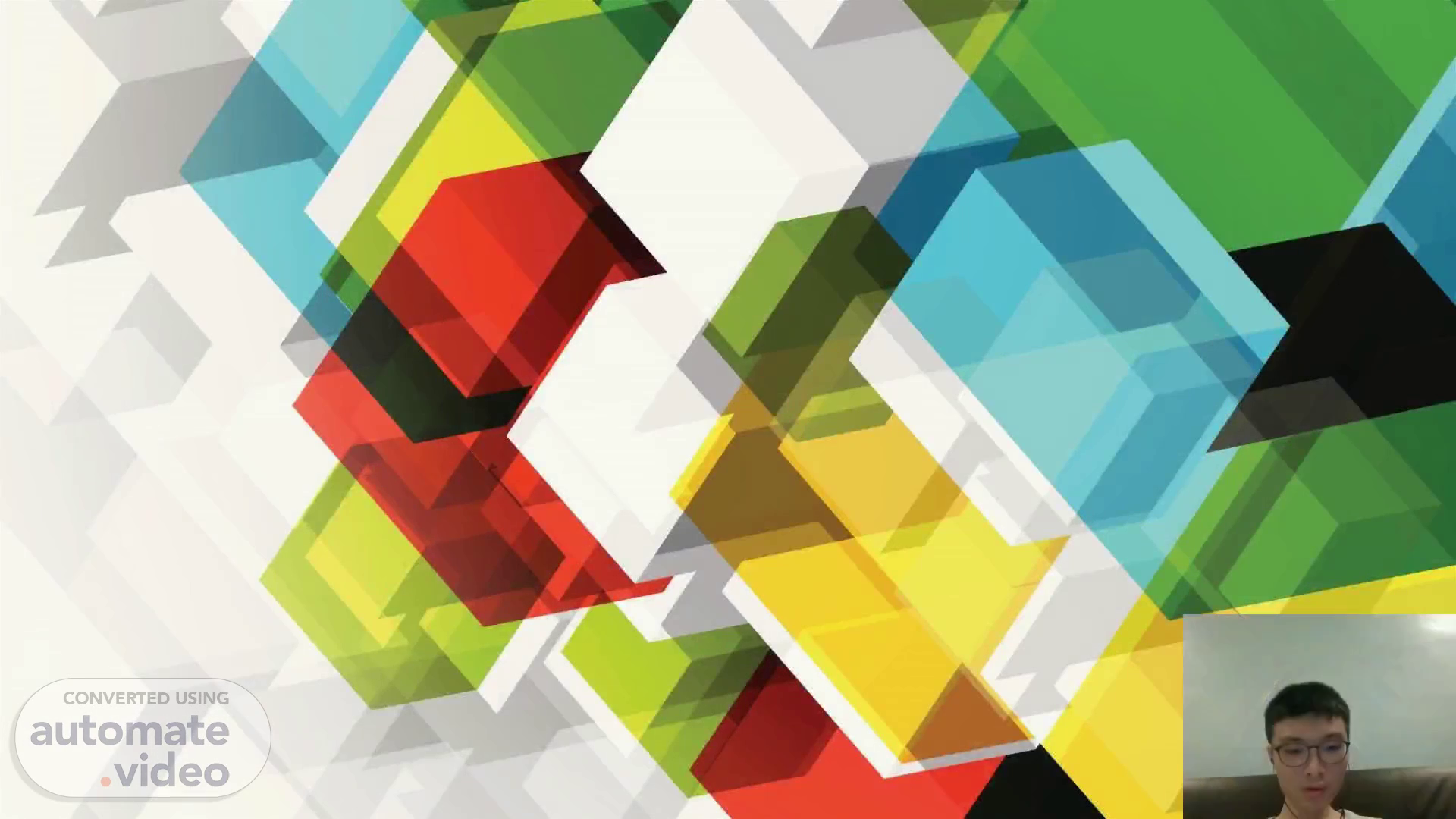Scene 1 (0s)
abstract image. Experiment. LOH GUO WEI GROUP 7.
Scene 2 (25s)
PURPOSE. to carry out chemical or physical process or phenomenon. To test a hypothesis to modify their standard conditions by introducing some new variables with the purpose to study them..
Scene 3 (1m 4s)
Experiment 1: Limewater Test. Procedure: Add 50 ml of lime water to two 100 ml beakers. Bubble room air through one beaker for one minute using a pipette and pipette pump. Observe and record the results. With the other beaker, bubble exhaled air through the solution for 1 minute. Try to bubble the air through the same rate that you did with the first beaker. After 1 minute record your results..
Scene 5 (2m 25s)
Reason. Lime water is actually called calcium hydroxide. When it reacts with carbon dioxide, it produces calcium carbonate and water which turns the solution from clear to cloudy. Equation : Ca(OH)2( aq ) + CO2(g) → CaCO3(s) + H2O..
Scene 6 (3m 10s)
Experiment 2: Carbon pillar/snake. This Photo by Unknown Author is licensed under CC BY-SA.
Scene 7 (3m 22s)
Process and Procedure. 1. Prepare 80ml of sulphuric acid(H2SO4) and 60g of sucrose(C12H22O11) 2. Mix it up in a big beaker and stir it with a glass rod until the solution turns dark brown. 3. Place the beaker away from you and observe and record the result WARNING: This is a DANGEROUS experiment. Always wear SAFETY GOOGLES and GLOVES when handling it. Failure to do so will result in multiple degrees of burn and possible death..
Scene 9 (6m 17s)
Explanation. Concentrated sulfuric acid can perform a dehydration reaction with table sugar. After mixing, the color changes from white to brownish and eventually to black. The expansion of the mixture is the result of vaporization of water and CO2 inside the container. The gases inflate the mixture to form a snake-like shape, and give off a burned sugar smell. The granularity of the sugar can greatly affect the reaction: powdered sugar reacts very quickly but sugar cubes take longer to react. When sucrose is dehydrated, heat is given out to the surroundings in an exothermic reaction, while graphite and liquid water are produced by the decomposition of the sugar C12H22O11 (s) + H2SO4 ( aq ) + 1/2 O2 (g) → 11 C (s) + CO2 (g) + 12 H2O (g) + SO2 (g) As the acid dehydrates the sucrose, the water produced will dilute the sulfuric acid, giving out energy in the form of heat. C12H22O11 (s) → 12 C (s) + 11 H2O (l).
Scene 10 (8m 18s)
Experiment 3: Soda Explosion. This Photo by Unknown Author is licensed under CC BY.
Scene 11 (8m 29s)
Process and Procedure. 1.) Prepare a 1.5 litre of carbonated drinks (Coca-Cola/Pepsi) and a Mentos candy 2.) Add the Mentos candy into the bottle of the carbonated drinks. 3.) Stay away from the bottle and observe the reaction..
Scene 13 (9m 32s)
Reasons:. Most carbonated drinks have dissolved CO2 (carbon dioxide). When the soda is made, a lot of CO2 is dissolved into the liquid. ... When you open the bottle, there is a dramatic decrease in pressure over the liquid, so the CO2 starts to leave the liquid very rapidly, causing the mass exodus of gas, or "explosion" of bubbles..
